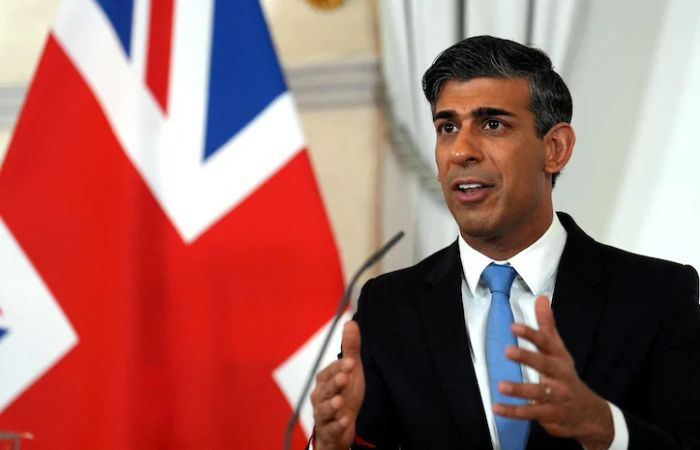
The biggest battle for democracy in India is the battle for the general elections-2024. Elections have been announced in Britain, which once ruled India. In this election, the reputation of Indian-origin Prime Minister Rishi Sunak is at stake. In the general elections to be held in Britain on July 4, 47 lakh voters will use photo identity cards to vote for the first time. India adopted this method and now the world is also following India in this matter.
So let’s find out which developed countries use photo ID and how India became an example for the world in this regard…
Photo ID was introduced during the tenure of British Prime Minister Boris Johnson from 2019 to 2022. Boris Johnson introduced the Elections Act 2022 which made photo ID compulsory for voting for the first time. This replaced the requirement for voters to carry a photo ID to vote in previous local body elections in the UK. The July 4 election will be the country's first general election when British voters will have to use photo ID to vote.
Boris Johnson was also prevented from voting:
An interesting fact is that Boris Johnson himself went to vote without a photo ID card during the local body elections in South Oxfordshire. During this time, the election staff stopped him from voting. Later he came to the polling station with a photo identity card and was allowed to vote.
Currently there are 22 types of photo IDs that can be used for voting in Britain. Although Rishi Sunak started the facility of giving voter ID cards to all voters on behalf of India after becoming the Prime Minister, this arrangement will not be possible till the elections to be held on July 4.
An example from India regarding ID cards:
As far as India is concerned, voting has not been made compulsory in our country, but voting through EVM and voting in elections with photo ID card or any other photo identity card is compulsory, India has set an example before the whole world. Issuing photo identity cards to voters was advocated after the 1957 elections in India and a pilot project for this was started in May 1960. After this, a scheme was started to issue photo identity cards to voters in Kolkata South West Parliamentary constituency. However, at that time only 2,13,600 voters could be photographed and thus only 2,10,000 voters could be issued photo voter identity cards.
Groundbreaking work in TN Session era:
Voter ID cards were introduced on a large scale for the first time in India in 1993. This revolution took place under the aegis of the then Chief Election Commissioner TN Seshan. This system was implemented to establish coordination between the voter list and voters and to prevent fake voting. Initially, voter ID cards were made from black and white photographs.
After the year 2015, the government started issuing colored water ID made of plastic like ATM. Today almost every voter in India i.e. anyone above 18 years of age has the opportunity to make a voter ID. To make the voting process easier in India, even if you do not have a voter ID card, but if your name is in the voter list then you can vote in India through any other identity card.
Apart from India and Britain, photo ID is required to vote in many other countries like Australia, Japan, Italy, South Africa and Brazil. Along with this, photo ID is also used to vote in elections in India's neighboring countries Pakistan, Bangladesh and Sri Lanka.
 look news india
look news india